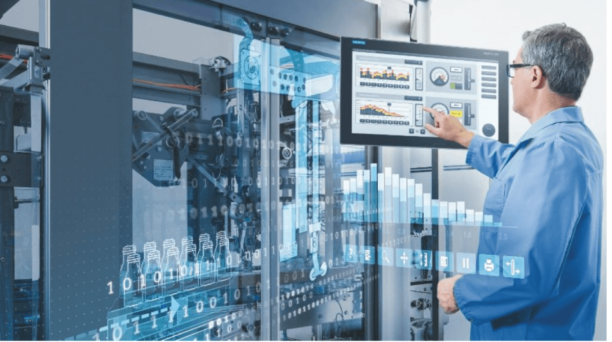Human-Machine Interfaces: Merging People and Technology

About Course
Step into the fascinating world where human capability meets cutting-edge technology! This course explores Human-Machine Interfaces (HMIs)—the critical touchpoints that connect us with machines, systems, and digital environments. From touchscreens to brain-computer interfaces, HMIs are redefining the way we work, communicate, heal, play, and travel. Whether you’re unlocking your smartphone or piloting an aircraft, HMIs are all around you—seamlessly translating human intent into machine action.
Through this engaging course, you’ll explore the evolution, design, and ethical implications of HMIs while discovering their applications across industries such as healthcare, gaming, smart homes, manufacturing, and aviation. You’ll also learn how Artificial Intelligence is transforming HMIs into more intelligent, adaptive, and personalized tools that anticipate our needs and respond in real time. If you’re curious about the technologies shaping the future of human-machine collaboration, this course is your perfect starting point.
Course Content
Introduction
Definition of Human-Machine Interfaces
00:00Importance of Human-Machine Interfaces
00:00Objectives of the eBook
00:00